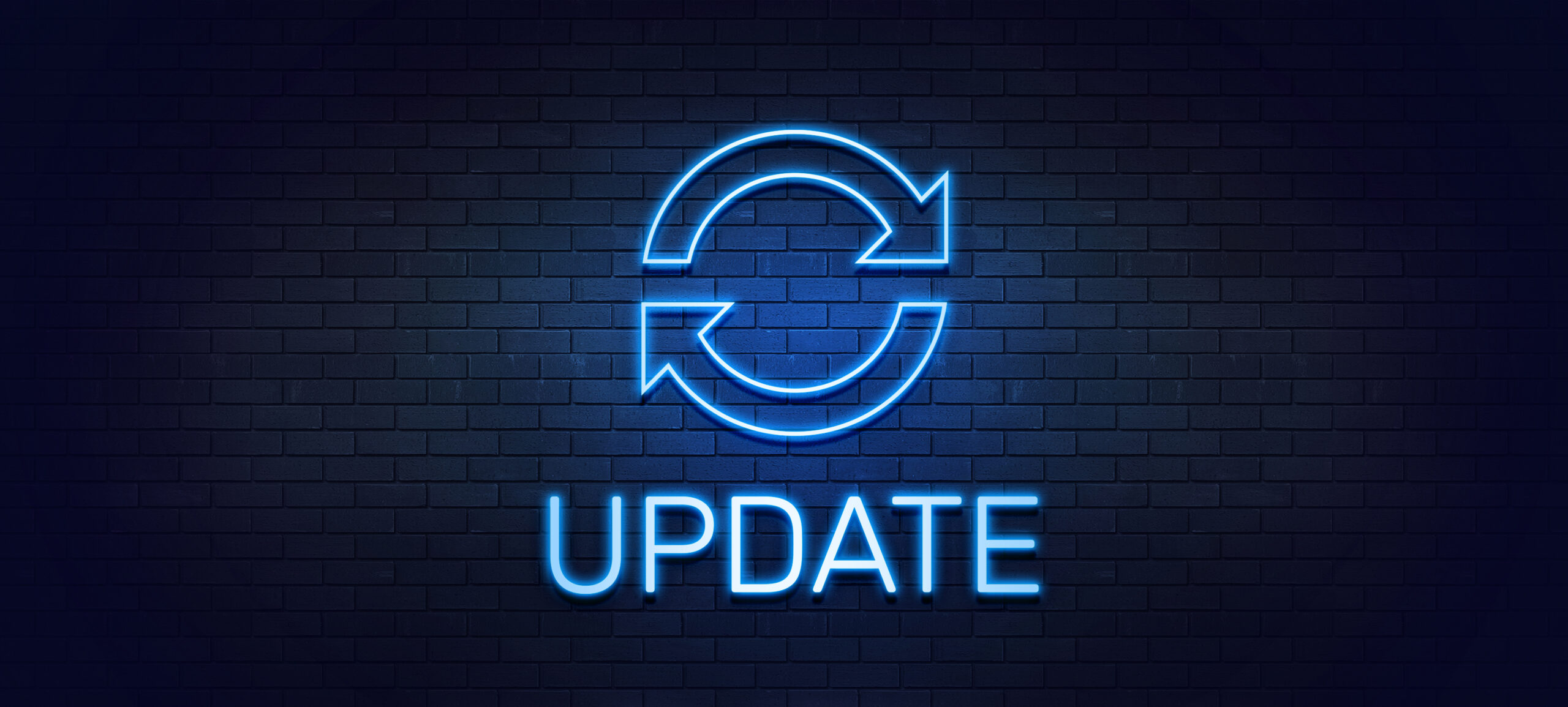Platform Modernization: 4 Cues to Modernize Legacy Systems
Platform modernization is disrupting the software industry — in a good way. More and more businesses are becoming interested in moving away from their outdated systems and software and achieving digital transformation with more modern applications.
According to a survey by LeanIX, 52 percent of organizations are planning to reduce technical debt by retiring their legacy applications, while nearly 60 percent see cloud migration as a major priority. Meanwhile, the market research firm MarketsandMarkets estimates that between 2020 and 2025, the global application modernization services market will more than double in size, from $11.4 billion to $24.8 billion.
Businesses have their own unique reasons, projects, and timelines for modernizing legacy systems. What they usually share, however, is one or more pain points that cause them to launch a platform modernization project.
So what are these pain points, and how do you know when it’s time for your organization to make the move? In this article, we’ll discuss everything you need to know about platform modernization: the definition, the problems with legacy systems, and the most common cues that businesses need to update their software.
What Is Platform Modernization?

As the name suggests, platform modernization (also known as software modernization, application modernization, or application transformation) is the act of modernizing an organization’s software applications. Platform modernization has many benefits, from lower maintenance costs to streamlined business processes.
From moving to the cloud to adopting AI and machine learning, each business has its own platform modernization approach. In order to use these modernized technologies, software developers may need to refactor, rearchitect, rebuild, or rehost an application or application component. The amount of effort involved in platform modernization is usually significant but will depend on the existing code structure and how the application is used in the company’s IT environment.
Common Business Problems With Using Legacy Systems
There are a variety of reasons that companies halt using legacy applications and instead switch to modernized systems. In this section, we’ll go over some of the most common pressing business problems of using outdated software.
1. High Cost of Maintenance

The costs of maintaining legacy systems are significant. For example, the U.S. government spent $29 billion of its $90 billion IT budget — a full third — on maintaining legacy IT. What’s more, the costs are likely even higher when considering legacy IT’s negative impact on security, performance issues, and customer experience.
Expenses typically increase or remain steady for every year that legacy systems remain within the IT environment. Businesses must devote a substantial chunk of their IT budget to ongoing legacy IT management, finding knowledgeable experts, patching security flaws, handling downtime, and more.
2. Difficulties Finding Experts
As legacy technology ages, it becomes more and more difficult to find experts that understand these systems. Not only is hiring and retaining the right personnel a challenge, these individuals can also command higher salaries for their niche expertise.
3. Performance Issues

Downtime and performance issues are a fact of life for any enterprise software application. However, outages and slowness become even more frequent with legacy technology.
Without timely updates (or any updates at all), these problems can cascade and start to have a significant negative impact on the end-user experience. If the performance issues persist, users are much more likely to jump ship to one of the company’s competitors.
4. Missed Opportunities
A final — and more insidious — problem with legacy systems is the missed market opportunities. Companies that don’t update their legacy technology can’t enjoy the benefits of updated software, from greater productivity to less downtime and a better user experience.
Today, the majority of businesses are looking to enact digital transformation by adopting cutting-edge technology. Organizations that are wedded to their legacy applications are thus at risk of falling further and further behind.
4 Cues It’s Time for Platform Modernization
Continuing to use outdated software can cause many business problems — but when do you know it’s the right time to modernize your legacy applications? Below are four strong indicators that the time has come to perform legacy system modernization.
1. You Have Security Concerns
With many dating as far back as the 1970s, legacy systems can pose a massive security risk. Some legacy systems have not received an update in years or even decades and are therefore vulnerable to hacks, crashes, and data loss. Options such as moving to the cloud can help securely protect and back up your enterprise files and applications.
2. You Want to Integrate Multiple Systems

Legacy systems are often single-purpose and lack the ability to integrate with other systems and software. Businesses that want to closely bind the different applications in their IT environment must first modernize their legacy technology. This enables the exchange of data through fast, streamlined methods such as REST APIs (application programming interfaces).
3. Your Customer Base Is Growing Fast
Many legacy systems struggle to deal with the extreme scalability demanded by today’s use cases. The more end users a business has, the more likely it will be that outdated legacy applications will crash. Companies that switch to more modern-day technologies (such as migrating to the cloud) prove to their customers that they are adaptable, prioritizing ease of use and the end-user experience.
4. You’re Spending Too Much Effort on Software Updates and Maintenance

Legacy systems are hard to update and maintain. Upgrades may be slow or not available, and businesses may lack the necessary in-house expertise to install them. By modernizing their platforms, companies enable automatic updates, lowering the cost of maintenance and the risk of manual errors.
Say Goodbye to Legacy Systems With KMS
As the challenges of legacy systems become clearer with every passing year, platform modernization becomes an increasingly crucial issue. So how can you update your legacy applications if you’ve never embarked on such a project?
In this case, it’s an excellent idea to join forces with an experienced, trusted provider of platform modernization services like KMS Technology.
KMS is a global market leader in software development, testing services, and technology consulting. We provide a wide range of IT offerings and a team of skilled, knowledgeable advisors who can help you choose the right approach to updating your legacy technology.
Our list of legacy system modernization services includes:
- Application transformation consulting on your current technology stack and infrastructure
- Full application transformation services from start to finish
- Cloud migration and advice on how to embark on the cloud journey
Want to learn how KMS Technology can help make your next legacy software modernization project a success? Schedule a free consultation today to discuss your business needs and objectives.








